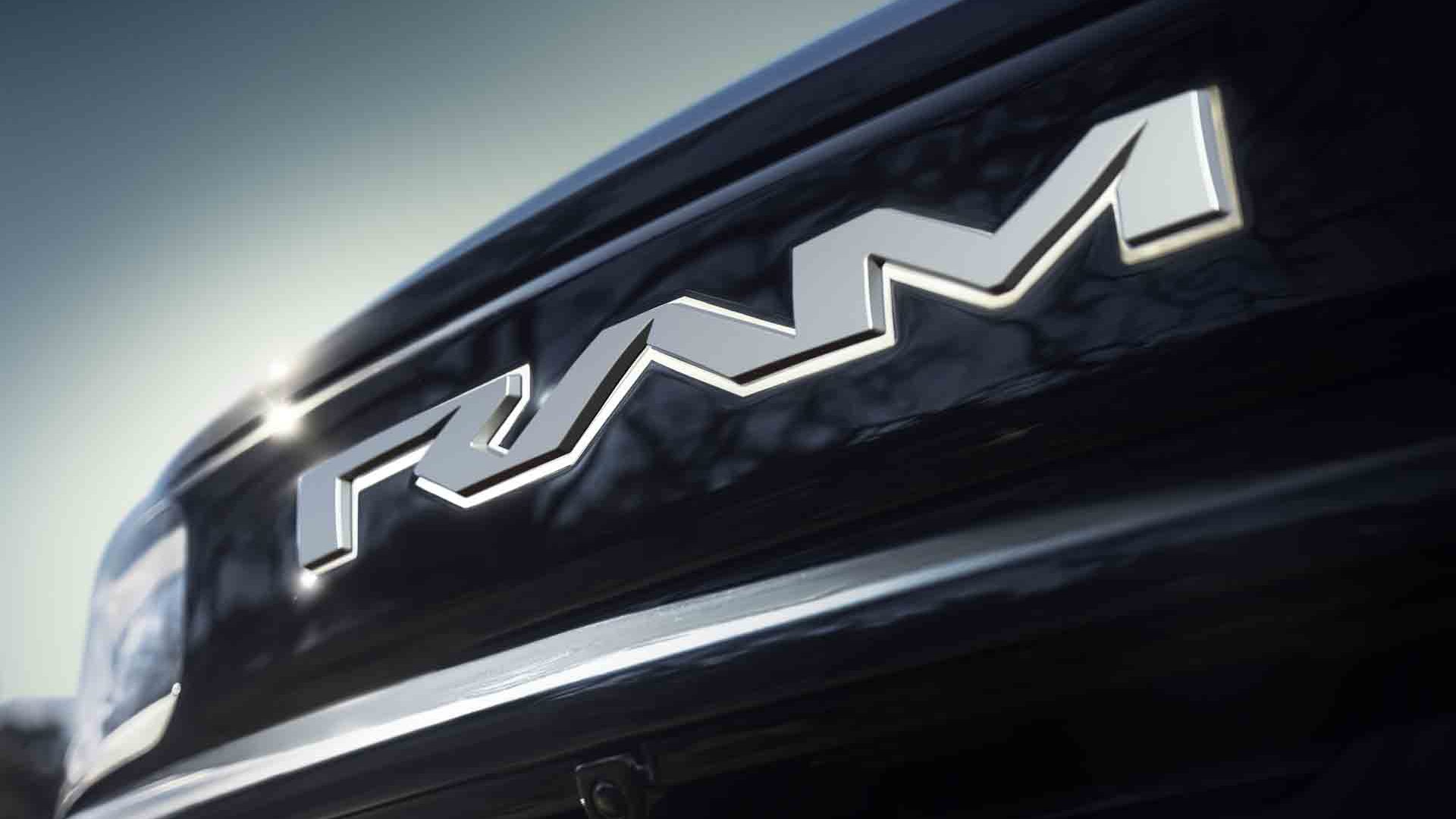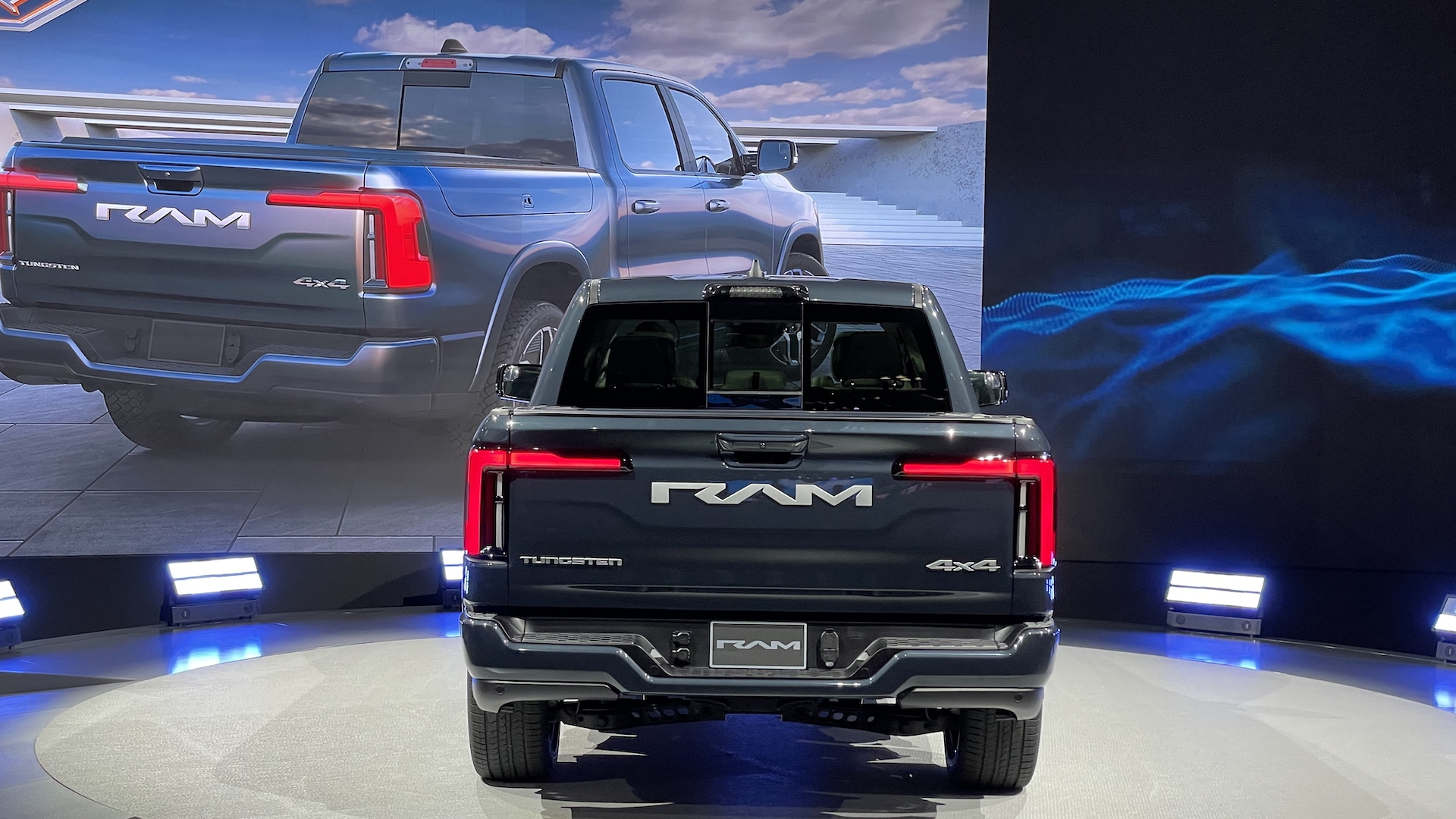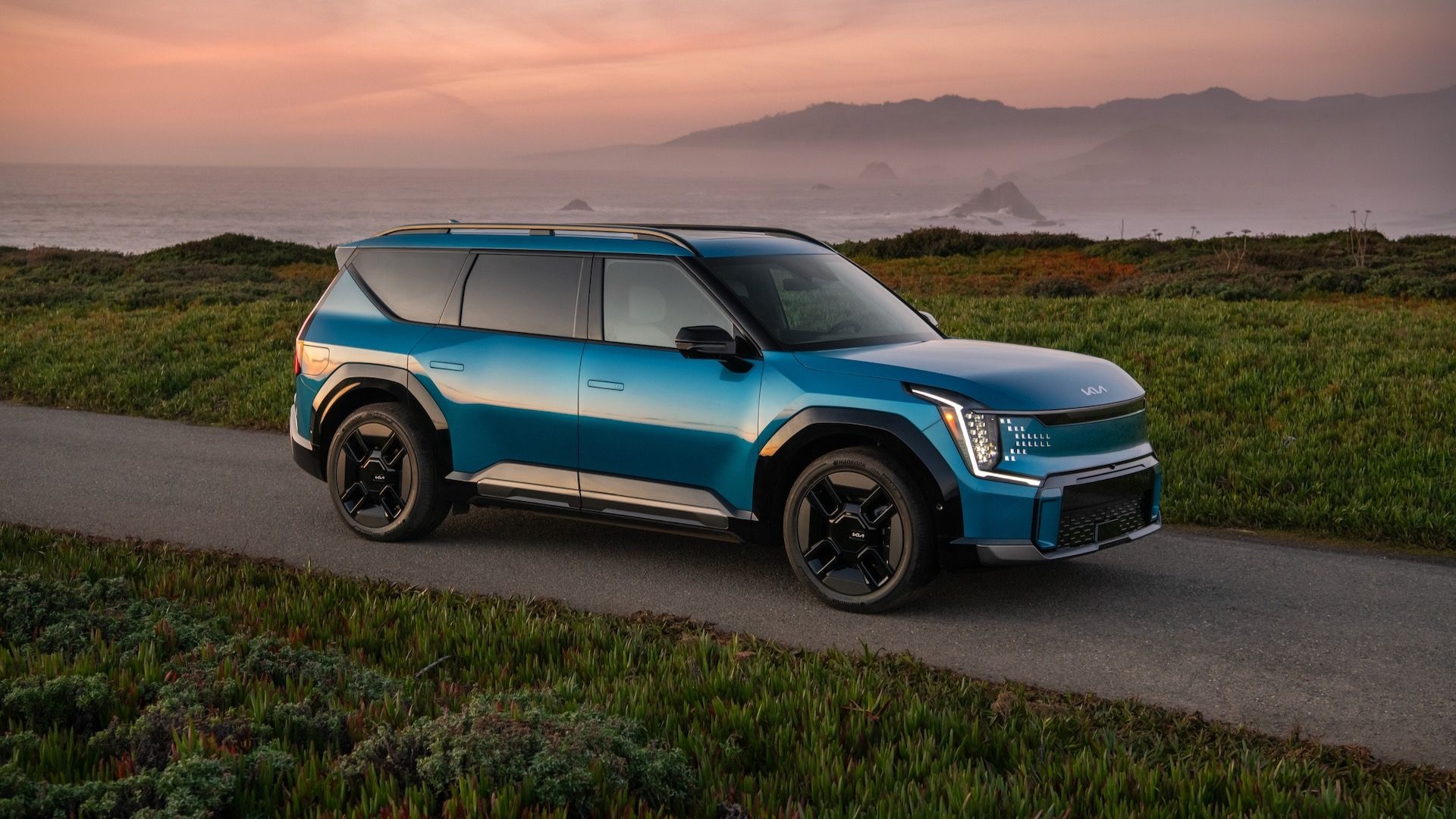With the pending arrival of the 2025 Ram 1500 REV electric truck, joining the market alongside the Ford F-150 Lightning, Chevy Silverado EV, GMC Sierra EV, and Rivian R1T, there will be no shortage of fully electric full-size truck offerings.
But is there a future for compact or mid-size electric trucks, in the form of a small electric pickup, in the U.S.?
A range of brands—including Nissan, Kia, GM, and Volkswagen—have pondered this out loud, either by announcing it’s a possibility or by showing a concept. A Toyota electric pickup has been confirmed, but it hasn’t revealed its size—or if it’s the long-desired Toyota Tacoma EV—yet. And there might be a pickup variant of the more affordable Rivian R2 lineup.
All of these brands have fallen short of actually confirming such a smaller electric truck specifically for the U.S. When Green Car Reports discussed the possibility with Ram Brand CEO Mike Koval Jr. last week at the New York auto show, that appeared to be where Ram is with the idea.
Koval confirmed that Ram shared a mid-size, all-electric pickup concept at its recent dealer convention. The concept is reportedly about the size of the current Ford Ranger—or where the Dodge Dakota left off when it was discontinued in 2011.
“I had 6,000 of my best friends in the arenas, and I was looking for the thumbs up or the thumbs down,” he said. “And they would have to tell you but I think it’s overwhelmingly positive.”

Ram 1500 Revolution BEV concept
Of course, Green Car Reports asked if there might be a range-extended XR version of this mid-size truck, as was announced for the Ram 1500 REV, and whether the mid-size truck might look more like the Ram Revolution concept if it were to be produced. But Koval wouldn’t yet budge on either topic.
“It’s too early,” he said. “It’s not completely defined yet because this was just a concept.”
Koval followed this with a hint, suggesting that if such a truck were a global model, then the product might be more viable. While 95% of Ram volume has historically been in North America, Koval explained that South America, parts of the Middle East (Gulf states), and Australia have all become important markets for the brand.
“More and more, I am looking at our business as a global business,” Koval said. “So I’m looking at all opportunities, whether it’s compact pickup, mid-size, and where I can sell them and what they need to have—metric-ton, rear-wheel drive.”
Still on the subject of the mid-size truck, Koval summed: “Could I have an ICE and a BEV, because I need ICE in South America? Yeah, it’s possible, and it’s all back to STLA Frame and the flexibility that’s in there. We could do it.“

2011 Dodge Dakota
So… what about Ram compact pickups?
When Green Car Reports pivoted the question to simple compact trucks—with a level of electrification, specifically, Koval shifted gears to price concerns.
“We have some awesome stuff in South America, we have some compact pickups, but these things are never easy—compliance, safety, homologation,” he said. “And profitability is the question right now.”
“If I could bring a compact, a Ram version of a compact pickup, I’d do it today. I see an opportunity there for sure,” he summed.
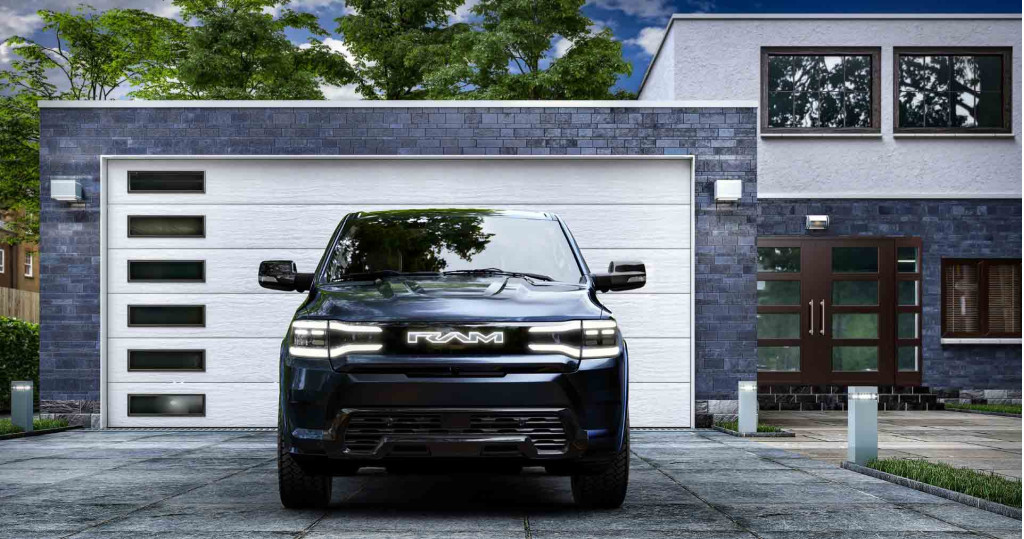
2025 Ram 1500 REV
An impending EV price war
And then, what do you do when there’s a multitude of electric-truck entries, and an EV price war?
“That’s the elephant in the room,” Koval said, with an exhale. “And the answer to that question, the way you keep that scale and equilibrium today is by keeping cost out.”
“I’m already dealing with downward pressure on my ICE portfolio today: Inflation’s up, interest rates are through the roof, gas prices are back up. I feel that now,” he said. “Everyone knows how expensive electrification is, but at the end of the day if we’re not making EVs, pickup trucks included, that are accessible to the mainstream, then I’m not sure what the hell we’re doing.”
Koval sees the costs leveling off over time, with some technologies like solid-state battery cells helping. “Some of the raw material stuff is coming down, it’s not all doom and gloom, but we’ve got a long way to go,” he said.
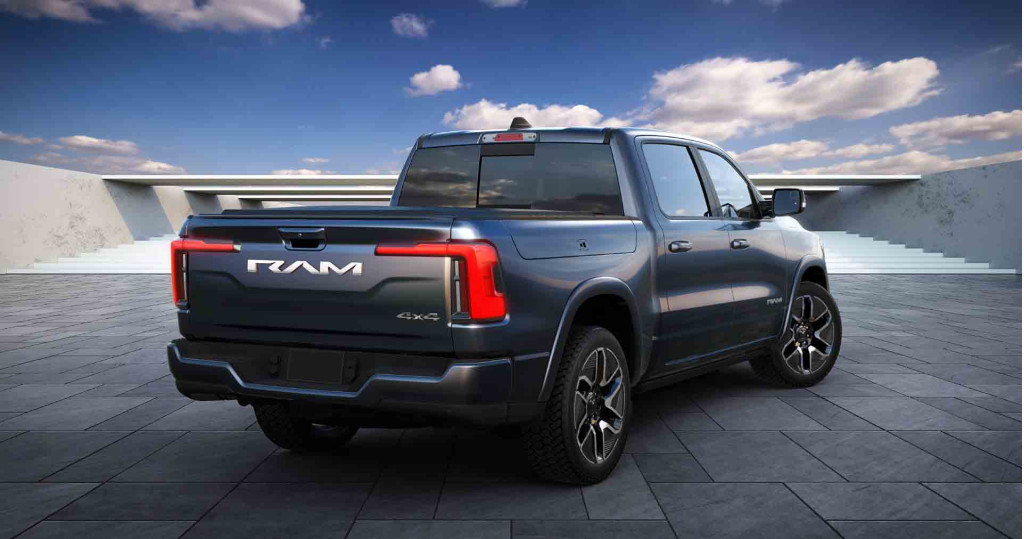
2025 Ram 1500 REV
Electrifying heavy-duty trucks!
With the compact and mid-size trucks at an idea stage, what’s next?
“Heavy-duty trucks present an entirely different set of challenges. We’re looking at a lot of fuel-cell type technologies, which would make a lot of sense in that space.”
According to Koval, that could also potentially jump off the STLA Frame hardware, although the challenge would be in the tanks.
“We have nothing to announce today, but fuel cell could be an interesting option for the use case—yes, towing and hauling big, big loads,” he said. “Ram just delivered its first hydrogen fuel-cell vans in Europe at the end of last year, so we have that subject-matter expertise.”
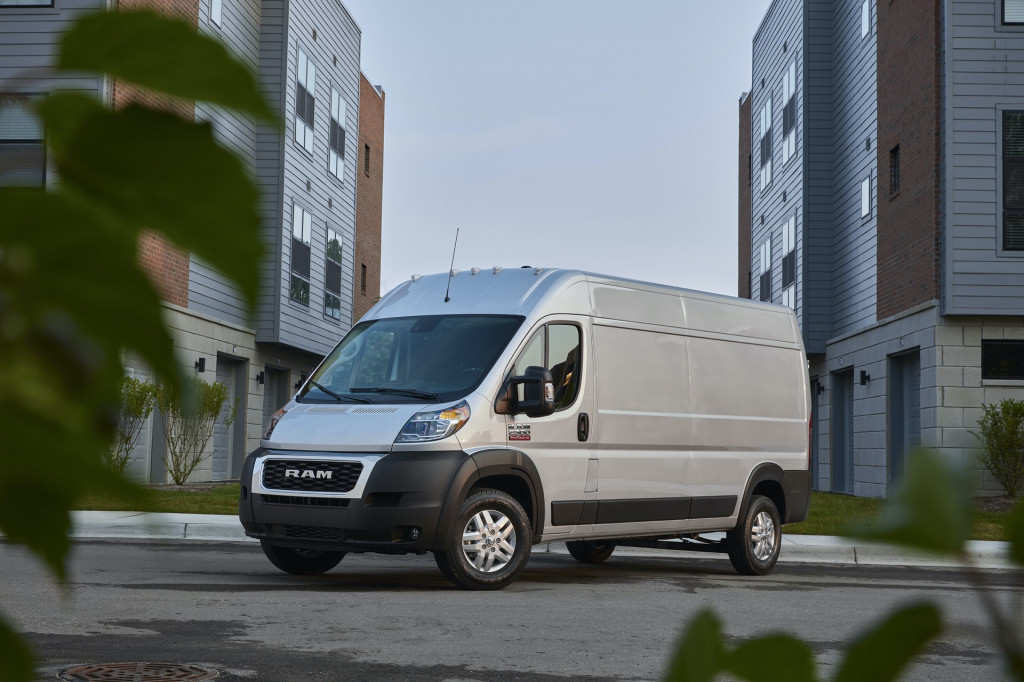
2022 Ram ProMaster
Ram ProMaster electric van demand is strong
Ram doesn’t actually have a battery electric model in its lineup, presently. The first is a version of the ProMaster, arriving later this fall.
As Koval explained, the fleet market has been open-minded about the possibility and locked onto the total cost of ownership and route predictability—to the extent that electric-van demand is pushing the capacity of the Saltillo, Mexico, plant.
“The demand is insane…I don’t know what I’m gonna do with that,” he said.
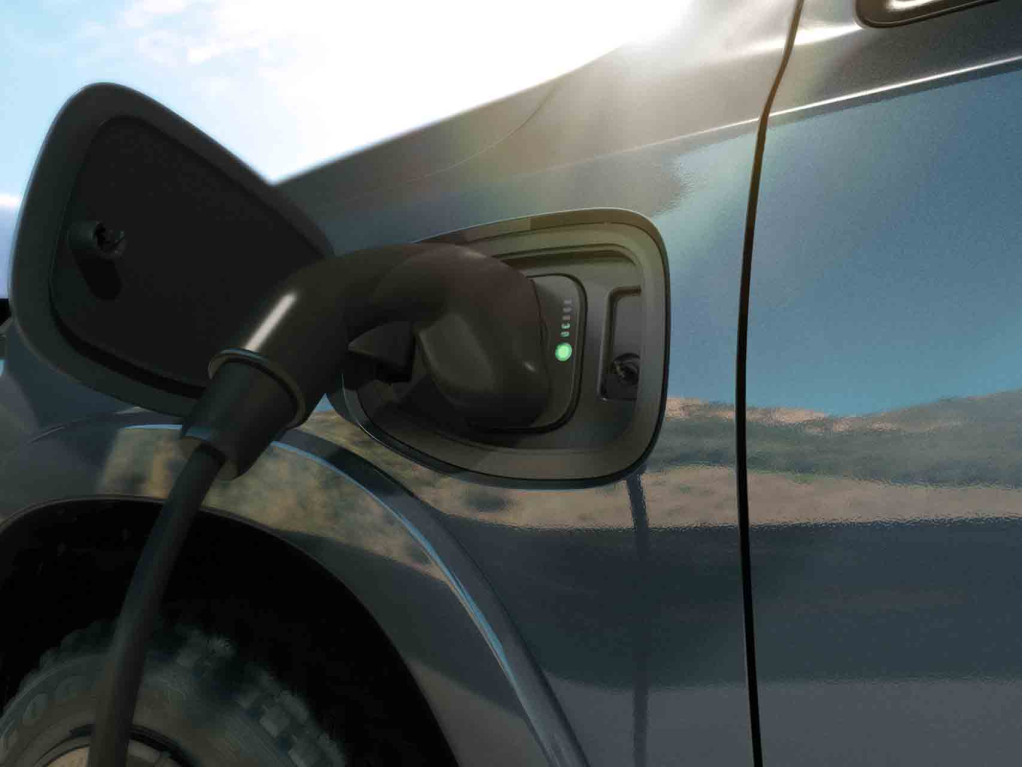
2025 Ram 1500 REV
Pickups will be a big part of EV sales, too
While Koval made clear that the brand is planning to make the Ram 1500 REV available in a base Tradesman build that won’t be fleet-only, he emphasized that the electric truck won’t be a limited offering.
Ram wouldn't disclose official numbers, but it suggested affordability has to be a part of this. It sees electric trucks as at least a quarter of its mix by then—a heavy lift for a brand that revolves around towing, hauling, and work.
“We know that truck intenders are more open now to the idea, and we have a very, very bullish forecast for our EV mix through the end of the decade.”
